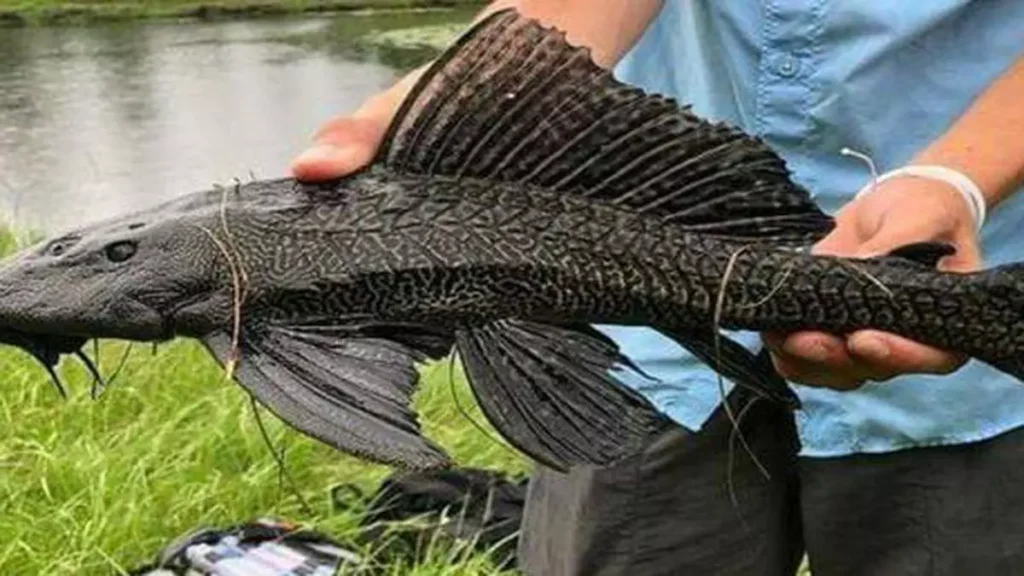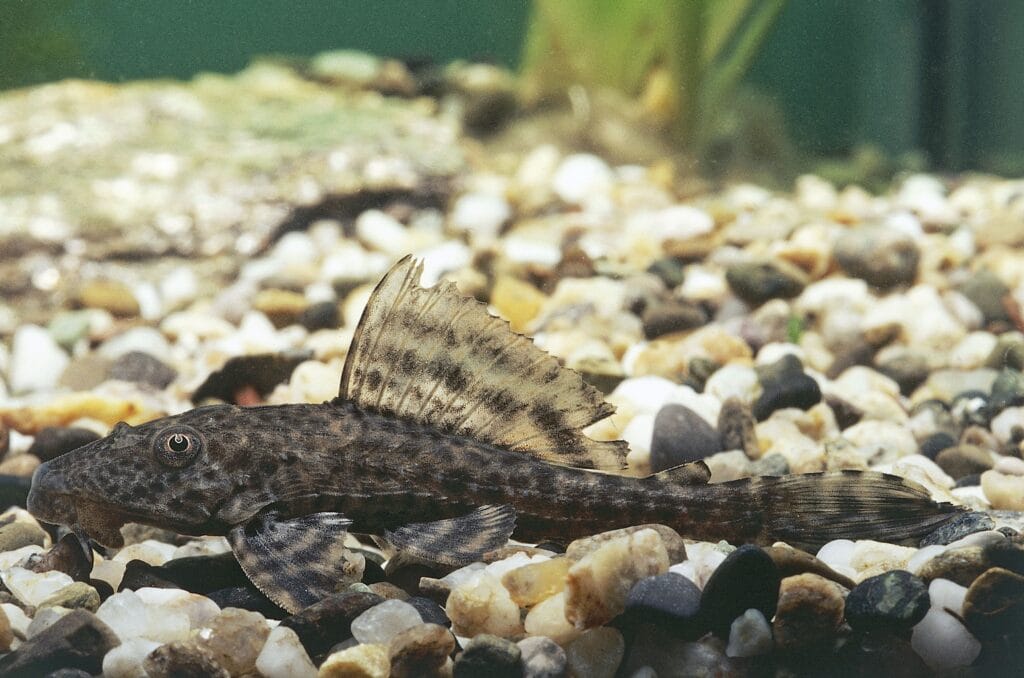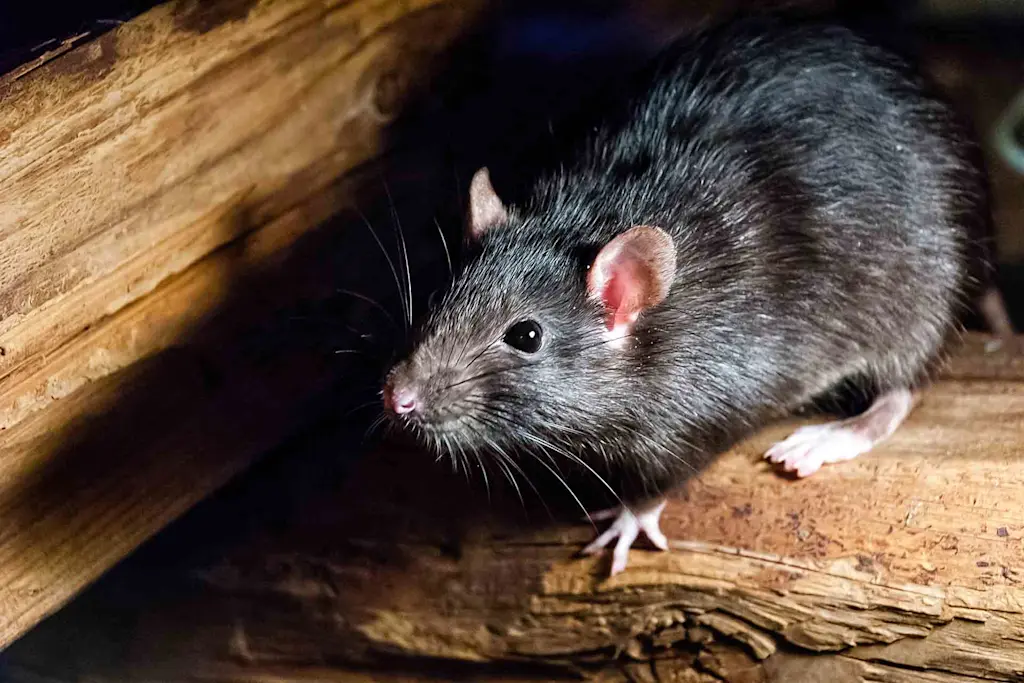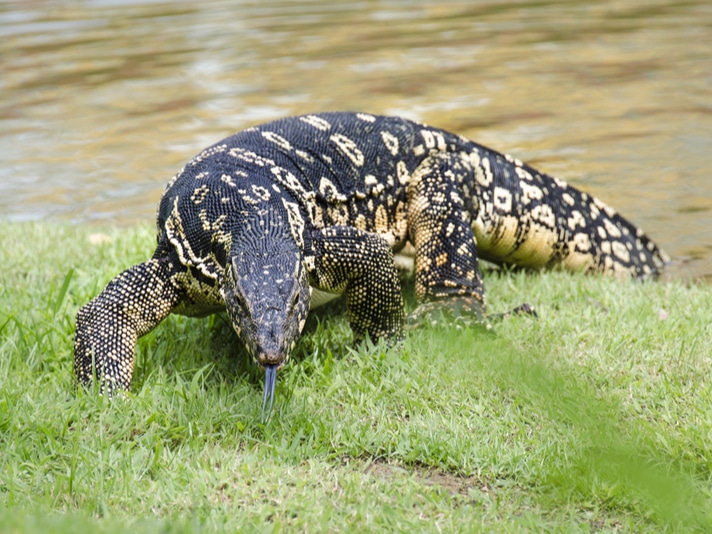The suckermouth catfish, commonly known as the plecostomus or pleco, is a fascinating freshwater fish native to South America. Belonging to the Loricariidae family, which includes over 680 species, these fish are highly adaptable and have gained popularity in the aquarium trade. Below is a detailed exploration of their physical characteristics, behavior, diet, habitat, and ecological impact.
Physical Features and Adaptations
Suckermouth catfish are easily recognized by their armored bodies covered in bony plates, with the exception of their soft bellies. Their most distinctive feature is their suction-cup-like mouth located on the underside of their heads, which allows them to cling to surfaces like rocks or aquarium glass. This adaptation not only helps them feed on algae but also enables them to resist strong currents in rivers.

They can grow significantly large, reaching up to 20 inches in length in the wild. However, in captivity, they usually grow to about 15 inches due to limited space and suboptimal conditions. Their coloration varies from sand-colored with black spots to dark brown, depending on their environment.
One of their most remarkable adaptations is their ability to breathe air. Equipped with specialized organs akin to gill cavities, plecos can extract oxygen directly from the air. This adaptation allows them to survive in low-oxygen environments or even out of water for up to 30 hours, provided their skin remains moist. During dry seasons, they burrow into mud and enter a state of dormancy, similar to hibernation. This survival mechanism has been likened to suspended animation and enables them to endure harsh conditions until rains return.
Diet and Feeding Habits
Plecos are primarily herbivorous omnivores. In the wild, they feed on algae, aquatic plants, and small crustaceans. Their sucker-like mouth allows them to scrape algae off surfaces efficiently. In aquariums, they require a balanced diet that includes algae wafers, herbivorous fish pellets, and occasional fresh vegetables like zucchini or spinach.
Despite their reputation as tank cleaners, plecos cannot survive on algae alone. A varied diet is essential for their health and longevity. They are also nocturnal feeders, meaning they are most active during the night when they scavenge for food at the bottom of tanks or riverbeds.
Habitat and Behavior
Native to tropical freshwater rivers and tributaries in South America, suckermouth catfish thrive in warm waters with temperatures ranging from 72°F to 82°F (22°C to 28°C). They prefer slightly acidic to neutral pH levels (6.5–7.5) and moderate water hardness. In captivity, they require spacious tanks—at least 125 gallons for adult plecos—to accommodate their size and activity levels.
Plecos are generally peaceful fish that coexist well with other non-aggressive species. However, larger plecos may exhibit territorial behavior if not adequately fed or if tank space is limited. They are bottom dwellers that spend most of their time scavenging for food or hiding in caves and under decorations during daylight hours.
Reproduction
Breeding plecos in captivity requires specific conditions. Males are territorial and will claim caves or other enclosed spaces as breeding sites. After courtship rituals, females lay eggs inside these caves, where males take over parental duties by guarding the eggs and fanning them with their fins to ensure proper oxygenation. A single clutch can contain 30–80 eggs.
Ecological Impact
While suckermouth catfish are prized in aquariums for their algae-eating abilities and unique appearance, they have also become invasive species in many parts of the world. Their resilience allows them to survive in altered environments such as dried-up riverbeds or polluted waters. Invasive plecos can outcompete native species for resources and disrupt local ecosystems by altering habitats through burrowing activities.
Their ability to survive extreme conditions has sparked interest among scientists studying climate change resilience. However, this same adaptability raises concerns about their potential impact on biodiversity if they spread uncontrollably.

Lifespan and Care in Captivity
Plecos have a lifespan of 10–15 years when properly cared for in captivity. They require clean water with stable parameters and regular feeding with a balanced diet. Despite being hardy fish, they produce significant waste that can strain an aquarium’s nitrogen cycle if not managed properly.
Owners should avoid purchasing plecos unless prepared for their long-term care needs. Releasing them into natural waterways is strongly discouraged due to their invasive potential.
Conclusion
The suckermouth catfish is an extraordinary species with unique adaptations that allow it to thrive in diverse environments. From its armored body and suction-cup mouth to its air-breathing capabilities and dormancy during droughts, this fish exemplifies resilience and adaptability. While it plays a valuable role in aquariums as an algae cleaner, its invasive tendencies highlight the importance of responsible pet ownership and ecological awareness.
Understanding the biology and behavior of plecos not only enhances our appreciation for these remarkable creatures but also underscores the need for sustainable practices in both pet care and environmental conservation.



